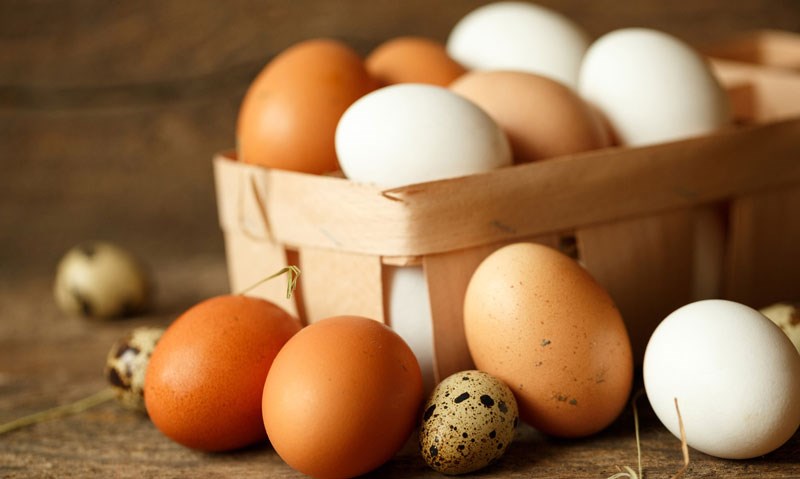Unless you’re a vegan, when you think of breakfast or brunch, you usually think of eggs – mostly because they’re delicious, but also because they’re a staple of those meals. Whether you prefer them boiled, fried, poached or scrambled, they’re a tasty and versatile delight.
Eggs can be a great addition to mealtime at any time of day. They can have very subtle or bold flavour, depending on how you prepare them. They also offer many nutritional benefits. Eggs are high in protein, vitamin B12 and Omega 3s, and are one of very few foods that naturally contain Vitamin D (an essential nutrient to help beat the winter blues here in the sun-deprived Pacific Northwest). They’re also great for eye health and “good cholesterol” levels, and are high in Choline, a little-known nutrient that does wonders for the nervous system.
But how do we choose the right type of egg amidst all the different labelling nowadays? I’m sure you've noticed the confusing designations on egg cartons: For instance, what’s the difference between “free run” and “free range”? Should we even give a care? In short, yes: It’s important to know where our food comes from and how it’s processed, which can directly affect our health. Here’s a little guide to help you out on your next grocery store adventure.
Free run: Hens that are free-run are able to roam around in an open barn but don’t have access to the outdoors or natural light. Kind of sounds like a chicken jail to me.
Free range: In this environment, hens also have access to the outdoors (weather permitting) and natural light. Things just got a little better for our feathered friends.
Organic: Like free-range hens, with the addition that their diet consists of only organic feed (free from pesticides, herbicides, etc.). Organic eggs must meet specific health and welfare standards, which are costly for farmers. Hence, they’re more expensive, but they’re worth it.
Cage free: Although not confined to a cage, these hens many not have access to the outdoors or light. It’s not even guaranteed how much space they’ll have to roam around.
Recipe: Gluten-Free Quiche
Ingredients:
• 1 tbsp coconut oil
• 1 onion, diced
• 2 cups fresh-cut tomatoes*
• 2 tbsp fresh basil*
• 3 garlic cloves, crushed
• 2 tbsp flour (I use chickpea flour to ensure it’s gluten free)
• 3 eggs
• 1 cup whole milk
• 1/2 tsp pepper
• 1/2 cup cheese (I use raw cheese from a farmer's market)
• Sea salt to taste
* We’ll be sautéing half of these ingredients, then adding the rest later.
Directions:
• In a frying pan, sauté the onions in the coconut oil. When the onions are browned, add the flour, 1 cup of the tomatoes and 1 tbsp of the basil, and cook for 5 mins. Remove from heat.
• Allow to cool for 5 mins, then transfer to a bowl along with the rest of ingredients.
• Mix all ingredients together and pour into a pie pan.
• Bake at 400F for 10 mins, then reduce to 350F and bake for 15-25 mins, or until the mixture is no longer runny.
If you like, add more veggies. I like Swiss chard, spinach, and/or fresh herbs like cilantro.



